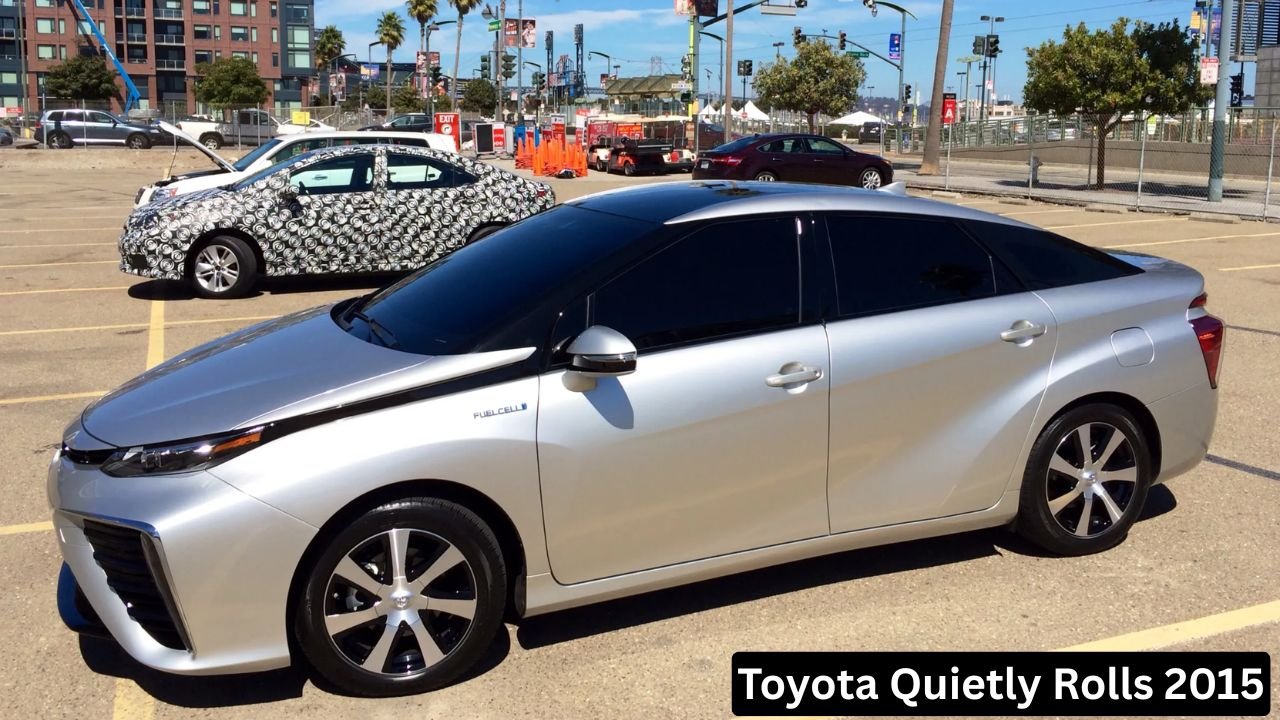A New Kind of Car Arrives
In 2015, Toyota brought something fresh to the streets: the Mirai, a car that runs on hydrogen and only leaves water behind. This fuel cell vehicle, called the FCV, showed up quietly at a San Francisco event near a baseball stadium. It’s part of Toyota’s push for eco-friendly rides, joining their famous hybrids like the Prius. The Mirai, meaning “future” in Japanese, aims to change how we drive with zero-emission power. People are curious if this new tech will catch on in America.
What Makes the Mirai Special
The Mirai uses a fuel cell to mix hydrogen and oxygen, creating electricity to power the car. The only thing coming out of the tailpipe is water vapor, making it super clean. It can go about 300 miles on one tank and refills in just five minutes, faster than charging an electric car. The car looks like a regular midsize sedan, but its front has big vents to cool the fuel cell, and the back has curves that hint at water. Toyota spent years making this tech affordable for everyday buyers.
Here are the key specs of the 2015 Mirai:
| Feature | Detail |
|---|---|
| Fuel Type | Hydrogen |
| Range | 300 miles |
| Refuel Time | ~5 minutes |
| Power Output | 153 hp |
| Emission | Water vapor |
A Bold Step for Green Driving
Toyota started working on fuel cells back in 1992, and the Mirai is the result of over 20 years of effort. It’s not their first try, earlier models like the FCHV were tested in small numbers. But the Mirai is the first to hit showrooms, starting in Japan in December 2014 and the U.S. in mid-2015. Priced around $57,500, it’s a big bet on hydrogen as the future. With federal and state rebates, buyers could get it for as low as $45,000, making it tempting for eco-conscious drivers.
Challenges on the Road
The biggest hurdle for the Mirai is finding places to fill up. In 2015, Southern California had fewer than a dozen hydrogen stations, though Toyota planned to help build more. By 2016, they expected 48 stations in California and 12 in the Northeast. Refueling costs about $50 to $60 for a full tank, but prices could drop as more stations open. Unlike electric cars, which need hours to charge, hydrogen cars refuel fast, but the lack of stations makes them less practical for now.
Here’s how the Mirai compares to other green vehicles of the time:
| Vehicle Type | Refuel/Charge Time | Range |
|---|---|---|
| Toyota Mirai (2015) | ~5 minutes | 300 miles |
| Tesla Model S (2015) | ~4 hours (Level 2) | 270 miles |
| Toyota Prius (2015) | N/A (Hybrid) | 50 mpg |
Cool Features for Real Life
The Mirai isn’t just about clean energy; it’s practical too. It has a spacious interior with plenty of trunk room, though Toyota kept the inside under wraps at first. It can even power a house during outages, a feature inspired by Japan’s 2011 earthquake when power was scarce. Safety is big too, with carbon fiber tanks that vent gas instantly if damaged. Drivers can store water waste in a tank to avoid spills in their garage, making it user-friendly.
Will It Win Over Drivers
Toyota’s not alone, Hyundai and Honda also had fuel cell cars in 2015, but only in small numbers. The Mirai stands out because Toyota opened up over 5,600 patents for free to help others build hydrogen tech. Still, experts say it’ll take time for people to embrace hydrogen cars. With California investing $200 million in stations and Toyota teaming up with companies like FirstElement Fuels, the future looks hopeful. Social media buzzed with excitement about the Mirai’s quiet ride and green promise.
A Step Toward the Future
The 2015 Toyota Mirai is more than a car; it’s a sign of where driving could go. It mixes green tech with everyday use, appealing to folks who want to help the planet without giving up convenience. While fuel stations are still rare, Toyota’s big push could change that. For now, the Mirai is a bold move, and people in places like California are eager to see it on the road. This could be the start of a new era for cars.
Word count: 578
